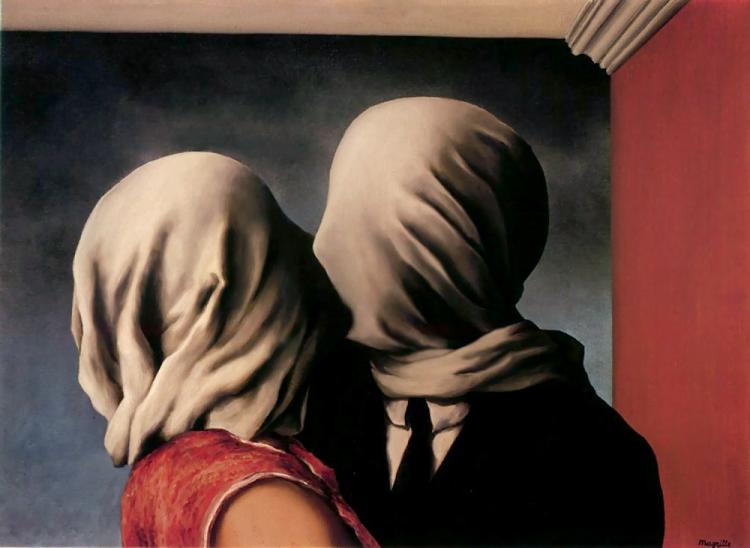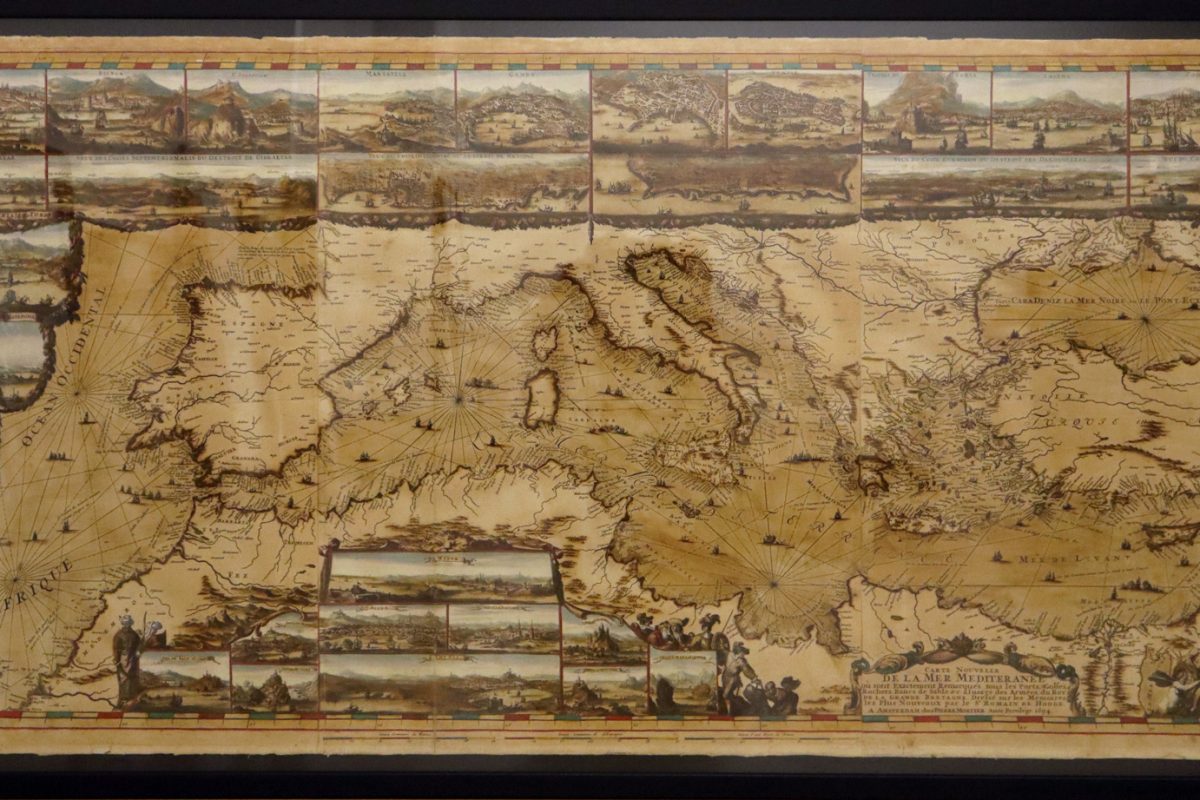Arts & Collections takes you on a surreal journey through the life and magical works of renowned artist René Magritte.
René Magritte (1898 –1967) was a Belgian artist, best known for his thought-provoking and sometimes comical Surrealist works. Magritte was struck by tragedy at a young age, with the suicide of his mother in 1912. Born the son of a wealthy manufacturer, Magritte quickly realised his love for the arts and decided to study at the Acadamie des Beaux-Art in Brussels. However, feeling uninspired by the teachings there, he soon left to pursue his own path.
His early paintings were inspired by Futurism and also embodied notes of Cubism—the latter being introduced by Pablo Picasso, a painter who was extremely popular at the time. After his marriage to Georgette Berger in 1922, Magritte held a number of jobs drafting wallpaper and poster designs. During this time, a new artistic movement was rearing its head, based on the teachings of psychologist, Sigmund Freud—Surrealism. This wild and wondrous concept sought to revolutionise the human experience of art, rejecting the rational construction of life. Surrealism brought dreams to life; it brought to the canvas the most outlandish ideas and thoughts from the unconscious mind and made them accessible to the public.
In 1926 Magritte was finally offered a contract at Galerie Le Centaure in Brussels, allowing him to paint full time. This is when his style bloomed; he was free to follow his own direction and eventually began to create pieces that would define his career. Magritte’s first Surrealist painting, The Lost Jockey (1926) captured an ethereal scene, with a rider wondering through unfamiliar surroundings on his horse. The lost jockey is a concept that Magritte depicted various times in different ways in his paintings. Each insinuates the wider idea of being lost, entering the unknown—perhaps the idea of dismay and psychological disarray.
As time went on Magritte’s style adapted and changed in accordance to his personal circumstances. He remained in Brussels during the German occupation in World War II; an event that led to a change in colour pallete. From 1943-44 he began using a more colourful array of paints in his work and this short-lived stage become known as his ‘Renoir period’. For the years that followed, the opportunistic artist made a living by producing fake productions of Picasso, Braques and other artists. He transferred this skill of forgery into the printing of banknotes during the lean post-war era, which he conducted with his brother.
See also: The Top Exhibitions in Paris This Season
Eventually, after 1948, Magritte returned to his true calling and began painting Surrealist works once more. He began conceptualising ideas that intrigued him, creating art pieces that were humorous in their aesthetics and overall message. He also began to take inspiration from other artists’ work, applying his own twist to them. A few examples of Magritte’s most famous works include, The Lovers II (1928), Golnconda (1953), Collective Invention (1934) and The Son of Man (1946). His paintings have the ability to make you feel as though you have stepped into one of your most peculiar dreams; every aspect seems simultaneously possible and impossible. The image of raining businessmen and morphed creatures are all commonplace in Magritte’s world—each piece involves bold and confident colours that make their presence known.
René Magritte is undoubtedly one of the most famous artists of the Surrealist movement. During the 60s his work became particularly desirable to the public and even today prints of his most outstanding achievements are reproduced on postcards and other memorabilia.
If you have enjoyed this article: ‘René Magritte: A Surreal Journey’, click here to read more on Arts and Collections about the Dulwich Picture Gallery’s exhibition.















